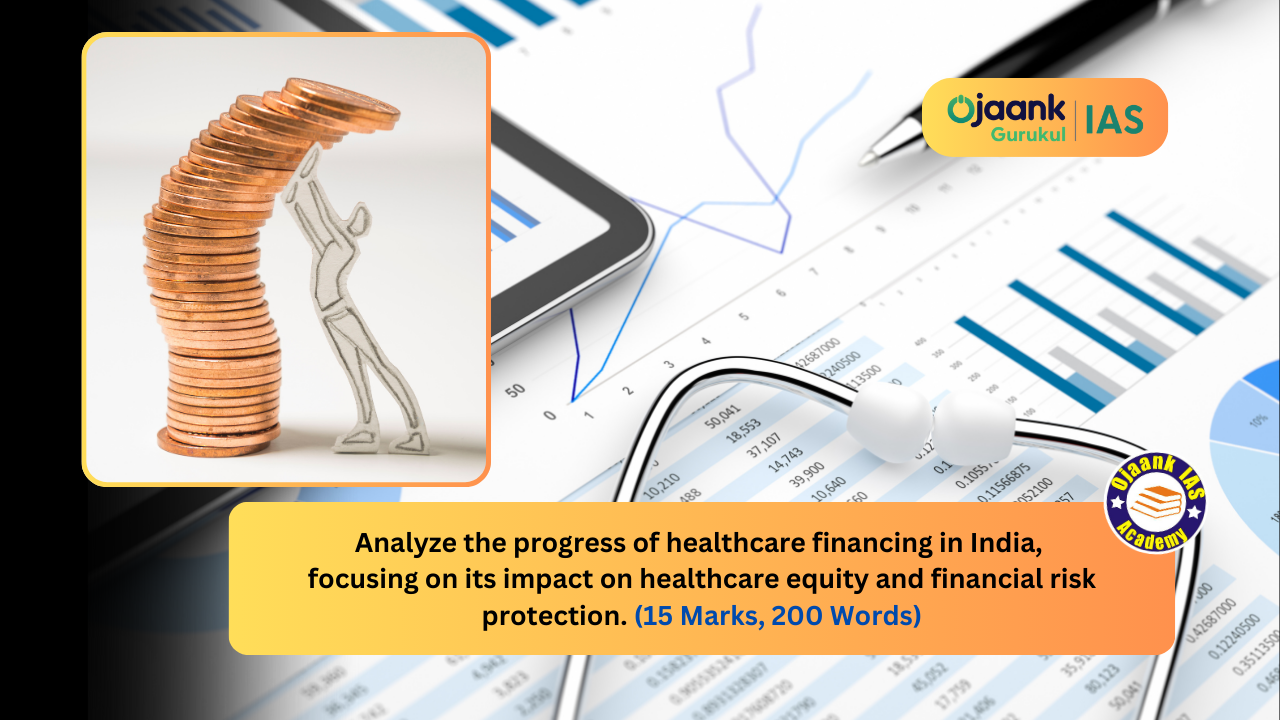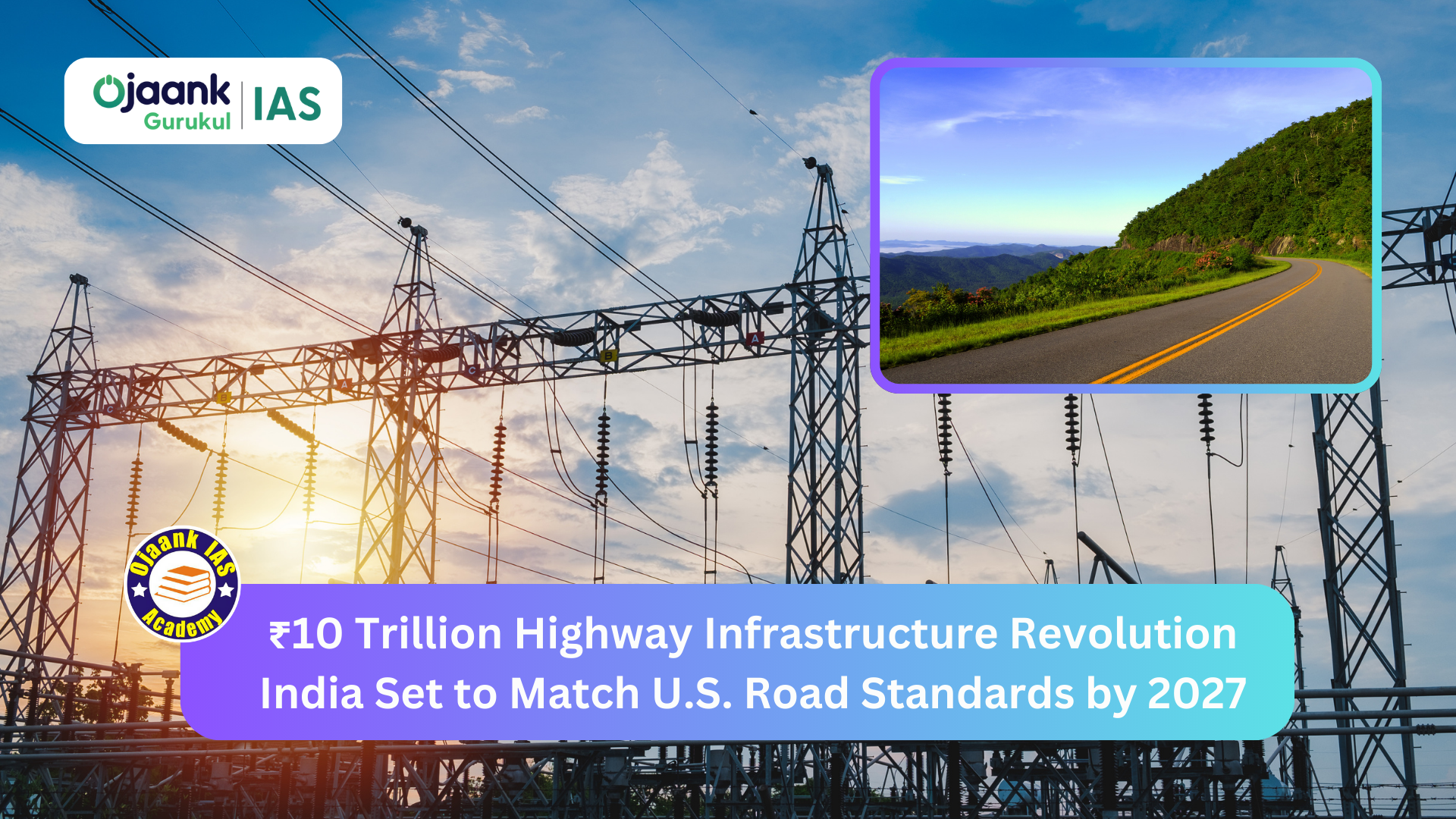Analyze the progress of healthcare financing in India, focusing on its impact on healthcare equity and financial risk protection. (15 Marks, 250 Words)

Progress in Healthcare Financing
1. Increased Public Health Expenditure
- Public spending on healthcare in India rose from 1.13% of GDP in 2014-15 to 1.84% in 2021-22.
- Budgetary support has strengthened healthcare infrastructure and expanded affordable treatment.
2. Financial Risk Protection
- Reduction in out-of-pocket expenditure (OOPE) from 64.2% (2013-14) to 48.2% (2021-22) has improved financial risk protection.
Impact on Healthcare Equity
1. Health Insurance Coverage
- Ayushman Bharat Pradhan Mantri Jan Arogya Yojana (AB-PMJAY) covers 10 crore families, focusing on marginalized communities.
2. Expansion of Primary Healthcare
- Health and Wellness Centers (HWCs) have reached 1.49 lakh, improving access for rural populations.
3. Reduced Regional Disparities
- Increased funding for Aspirational Districts helps historically neglected areas.
Key Challenges
1. Urban-Rural Divide
- Rural healthcare infrastructure struggles with a lack of hospitals and skilled medical professionals.
2. Specialized Care Gaps
- Tertiary care hospitals remain expensive and inaccessible for many low-income groups.
Way Forward
1. Increase Public Spending to 2.5% of GDP by 2025
- Aligning with global healthcare standards can enhance service quality and coverage.
2. Strengthen Public-Private Partnerships (PPP)
- Encouraging private investment in healthcare ensures better infrastructure in underserved areas.
3. Focus on Preventive Healthcare
- Expanding health awareness campaigns can reduce the burden of non-communicable diseases.
Conclusion:
Improved healthcare financing fosters equity and financial protection, but challenges like urban-rural disparity and specialized care costs require immediate attention.
FAQs
1. How has healthcare financing improved in India?
Public health expenditure has increased, out-of-pocket costs have reduced, and schemes like Ayushman Bharat have enhanced financial protection.
2. What is the biggest challenge in healthcare equity in India?
The urban-rural divide in medical infrastructure and specialist availability remains a major issue.
3. How does health insurance help in financial risk protection?
Schemes like PMJAY provide free treatment to low-income groups, reducing medical debt.
4. What role does the government play in healthcare financing?
The government allocates budgetary resources for infrastructure, insurance schemes, and subsidized care.
5. How can India improve healthcare accessibility in rural areas?
Strengthening primary healthcare, expanding PPPs, and increasing funding to district hospitals are key measures.
Copyright 2022 power by Ojaank Ias




